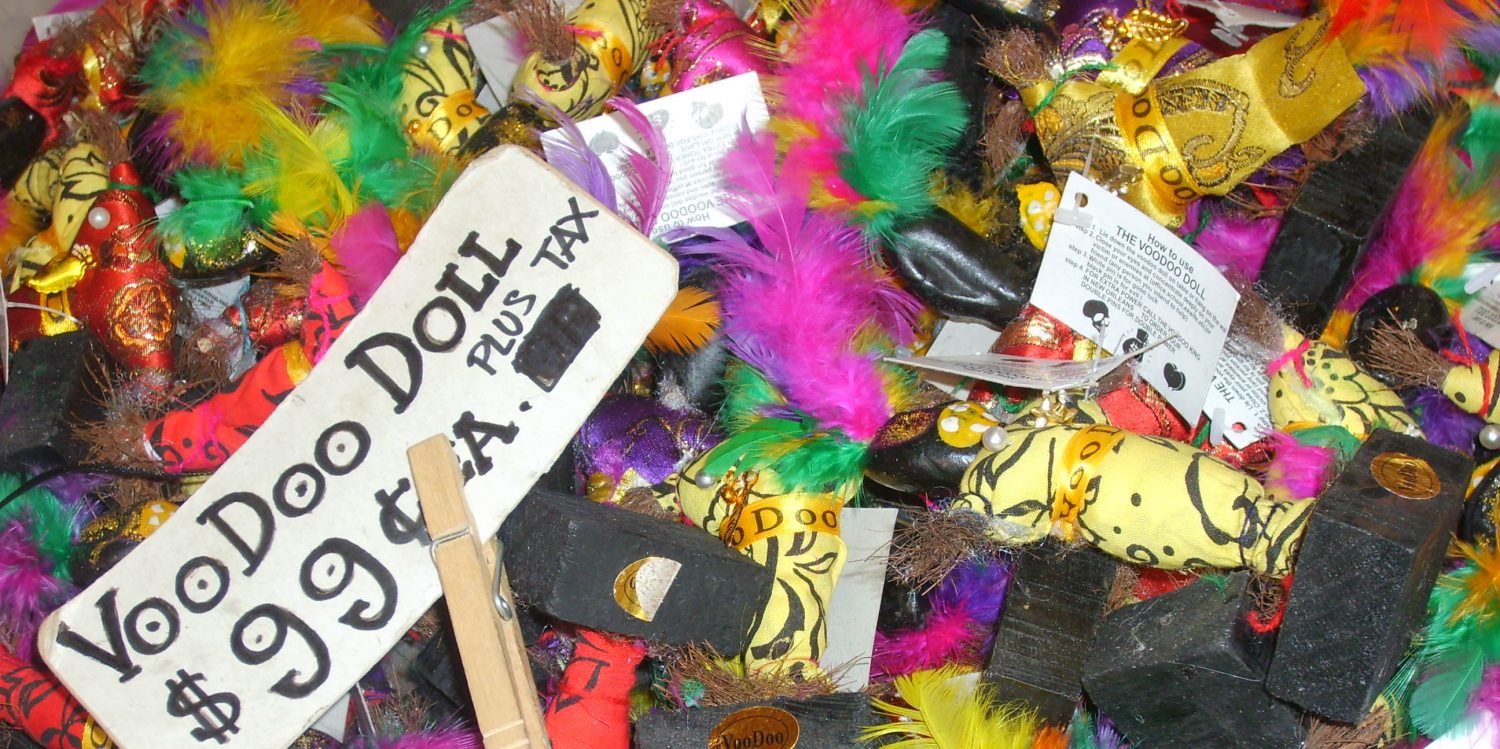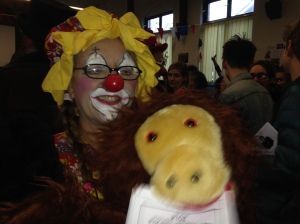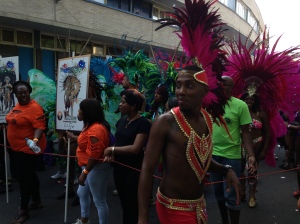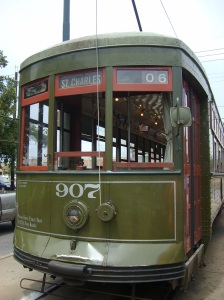
I recently wrote an article about barbershops. Hackney, the part of London where I live, has a lot of them. On one 500-metre stretch of high street alone, I’ve counted five.
Afro-Caribbean and Middle Eastern cultures have a strong presence in Hackney and barbershops are important social hubs in these cultures. The wealth of barbershops in the borough also reflects the existence of many other identity groups here that, like most of us, may use hair in part to define themselves.
E-Street Barbers opened around nine months ago and has built a following among musicians. Cuts & Bruises Barbershop is only a few weeks old and describes its team as “ex-skaters [and] tattoo enthusiasts”. Gender-neutral and LGBT, queer and trans-friendly shop Open Barbers, founded in 2011, has been operating since last year from a permanent base in Hackney. Barberette, set up by former Open Barber Klara Vanova, is also based in the borough.
Activities beyond cutting hair also link these barbers to their tribes. E-Street hosts music-focused events and parties. Cuts & Bruises’s basement is destined to become a tattoo parlour next year and will be a space for events like boiler room DJ sets and streetwear pop-ups in the meantime. Barberette’s many charity and community initiatives have included running a raffle at one of its regular client parties to fundraise for an LGBT counselling service and exhibiting the work of Hackney artists.
Thanks to their client bases and pricing, Hackney’s new breeds of barbershop risk association, however, with the problematic issue of gentrification. Vanova is concerned about cultural debts being forgotten as barbering in Hackney develops. Traditional Afro-Caribbean and Turkish barbering traditions have bequeathed much to the industry but, in her view, this is not acknowledged enough.
Cuts & Bruises’ story is an interesting study of change, continuity and legacy. Founder Kem Mehmet has some roots in Hackney’s Turkish Cypriot community and the building that currently houses Cuts & Bruises is both where he was born and formerly the home of a women’s hair salon run by his mother. “I’m keeping [the business] in the family and we’re not a chain that’s just come in,” he says.
For the moment, new barbershops seems to be mostly happily co-existing with other offerings nearby. This could be simply because barbering in Hackney is booming, so there’s more than enough business to go round. All the barbers I visited, or simply walked past, when researching my article were extremely busy. One barber even said that he thought there was enough potential trade for six more barbershops on his patch alone. Hackney’s longstanding love affair with hair is as passionate as ever, I concluded.
My article was about London, and businesses and issues specific to London. But I found myself thinking about New Orleans too; scraps of information I’d heard or read at some time began to gather in my mind like clippings around a barber’s chair.
The strong presence of black and Middle Eastern communities, and many other communities of all sorts, applies in New Orleans too. There is also a link between barbershops and music and other cultural practices here: they say Buddy Bolden was a barber, while in recent years second line group the Uptown Swingers has been known to parade from Dennis Barbers on Freret Street. And gentrification is as much as an issue in New Orleans as in London.
So in London, New Orleans, and probably wherever you are in the world, cutting hair is probably also helping to create something far beyond one person’s headspace.
(A final note: I’m once again taking a break from posting while travelling for the next few weeks.)
Image: adrian, acediscovery




